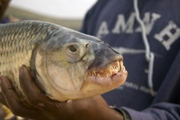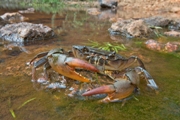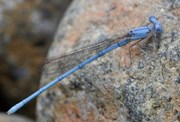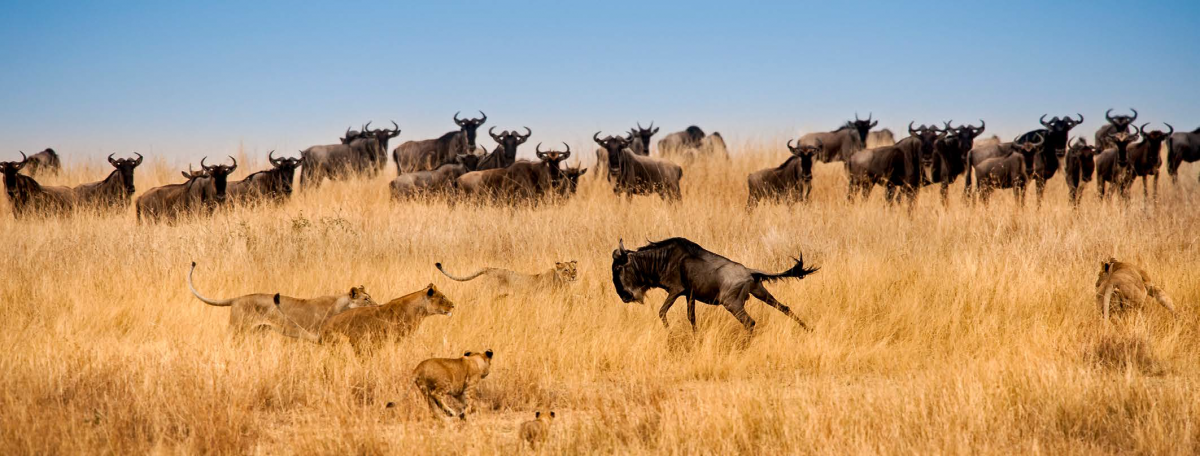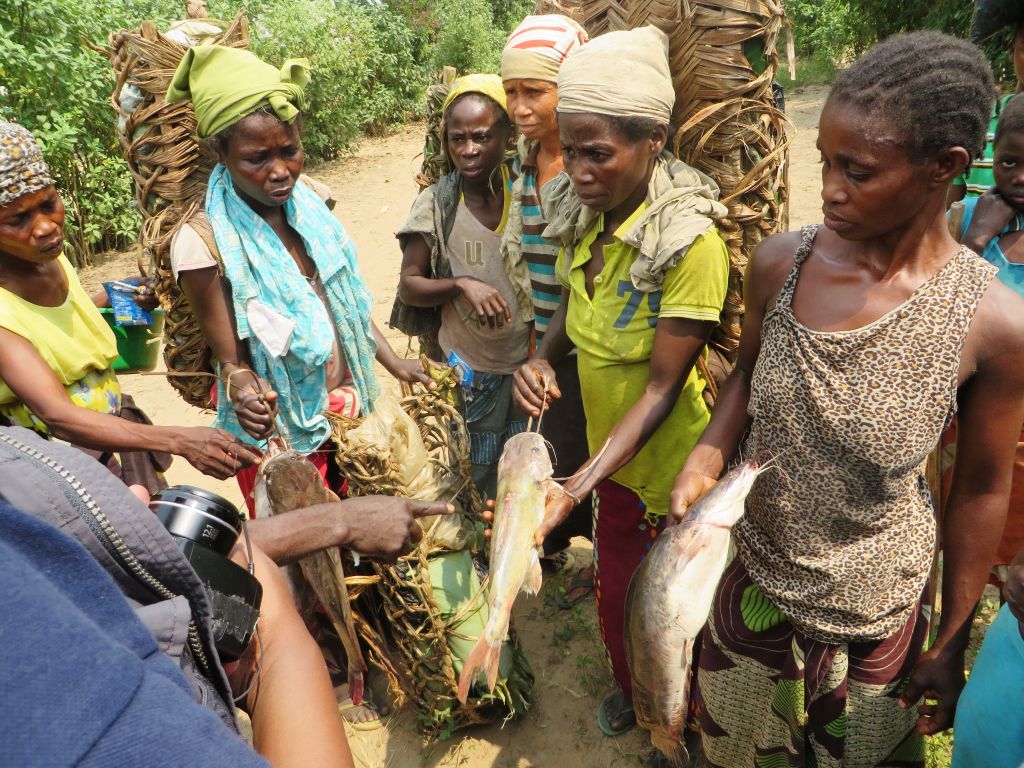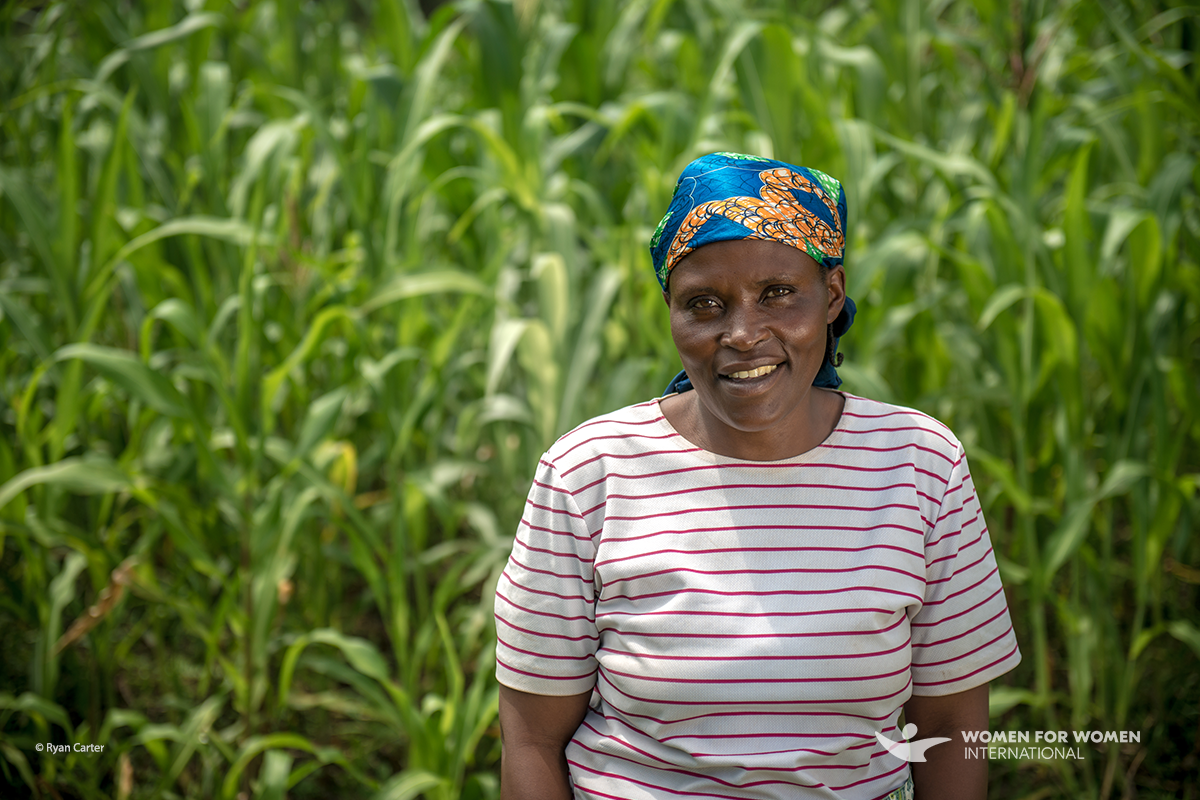Lifeline for Africa’s freshwater species
Gland, Switzerland, 9th June, 2011 (IUCN) – Africa is being given a unique opportunity to conserve its tremendous diversity of freshwater species – a critical resource for many of Africa’s poorest people. African countries can now decide to use their water resources sustainably, and avoid paying millions of dollars, as is the case in Europe, to rectify poorly planned wetland development.
Decision makers across Africa are now able to benefit from an online interactive map, released by IUCN for each of the 7,079 river and lake sub-catchments across mainland Africa that reveals information on the distribution, conservation and ecological needs of 4,989 freshwater species, of which 21% are already threatened. This tool and the accompanying IUCN Red List of Threatened Species™ report ‘The Diversity of Life in African Freshwaters: Underwater, Under Threat’ provide vital information to help plan development in ways that minimize or avoid impacts to freshwater species.
“The importance of Africa’s freshwater species goes largely unrecognized. A quarter of the world’s inland fisheries are located on the African continent, and in some countries freshwater animals account for 75% of the protein intake of people,” says William Darwall, Manager of the project and of the IUCN Species Programme Freshwater Biodiversity Unit. “Freshwater species often succumb to collateral damage as development proceeds but in many cases this can be avoided through careful planning based on solid information.”
Several environmental management projects are already using information from this study to monitor the impacts of a hydro-electric dam on the Gambia River; promote a trans-boundary wetland conservation area in the Rusizi Delta; monitor water quality in the Okavango Delta; and integrate freshwater species in management of the Moulouya River catchment in Morocco.
“This is a real milestone in the history of African freshwater biodiversity – nothing as good, or like it, is out there at this point in time,” says Paul Skelton, Managing Director, South African Institute for Aquatic Biodiversity. “The information on freshwater fishes has already proved its worth in a number of conservation planning projects in South Africa, including work on the legal protection of threatened species and the establishment of a national framework of freshwater protected areas.”
According to the report the number of threatened freshwater species in Africa will increase dramatically if development of water resources is not planned sustainably. Major threats include loss or degradation of habitat to agriculture, and impacts of new infrastructure such as dams for irrigation and hydropower.
“This production represents a very important contribution for Africa. In fact I expect African experts to use it as an information and training tool on aquatic species and for planning of the exploitation of fish resources. I also believe that African researchers will help in the periodic update of this list which is of course not meant to remain idle” says Aimé Nianogo, IUCN Regional Director for Central and Western Africa.
For more information or to set up interviews, please contact:
Félicité Mangang, Chargée de communication, Bureau regional pour l’Afrique centrale et occidentale,
t: +226 5036 4979 – 5036 4895, felicite.mangang@iucn.org
